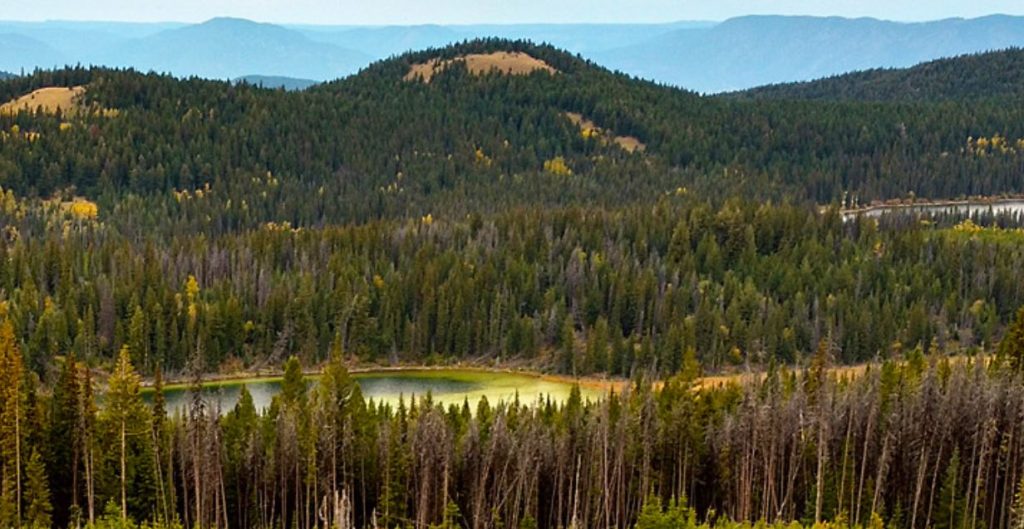Tower Resources drills 2.04 g/t gold over 25.7 metres at Rabbit North, British Columbia

Tower Resources Ltd. [TWR-TSXV] reported the first assays from the new Thunder zone on the company’s partly owned/partly optioned Rabbit North property near Kamloops, British Columbia, between New Gold’s New Afton underground copper-gold mine and Teck’s Highland Valley open-pit copper-molybdenum mine, with a 25.7-metre section in discovery hole No. RN23-039 returning 2.04 g/t gold.
Hole 039 intersected two gold zones, a 3-metre upper zone from 142.7 metres down hole grading 4.02 g/t gold, and the targeted Thunder zone starting 17.8 metres further down hole, at 163.5 metres, grading 2.04 g/t gold over 25.7 metres. The Thunder zone is split by a barren, 3-metre wide, post-mineralization mafic dike. The 15.6-metre mineralized interval below the dike includes a higher-grade section averaging 3.79 g/t gold over 7.8 metres.
The 2.04 g/t grade of the Thunder zone is significantly higher than the approximately 1.5 g/t average grade of the Lightning zone. The Thunder zone also appears to have much greater continuity, both along strike and to depth, and is less disturbed and thus more easily followed by drilling. It has already been traced 200 mettres along strike from hole 39 to holes 41 and 42 at depths between 100 and 400 metres below surface and remains wide open across substantial widths in all three directions (northwest, southeast and to depth).
Stu Averill, PGeo, director, commented: “The Thunder zone is building as expected, with the indicated gold grade double that of most open-pit gold mines in B.C. And its relatively undisturbed condition and previously indicated continuity both along strike and to depth make the Thunder zone more predictable and drill friendly than the Lightning zone. Together these features should allow us to build a significant gold resource more quickly.”
The surface footprint of the Thunder zone may also be larger than suggested by the relatively small size of the gold grain dispersal train (Central Train) emanating from the top of the zone because cover flows of Chilcotin basalt that would have completely sheltered the gold mineralization from glacial erosion were intersected at the tops of holes 41 and 42, over 300 metres south of their previously mapped limit. As well, the gold grade of the thick preglacial supergene zone that is preserved beneath the basalt may be enhanced significantly relative to the primary gold grade of the deeper, unweathered part of the gold zone.
Hole 040 was drilled 50 metres northeast of and parallel to hole 039. Tower previously reported that hole 040 did not intersect the Thunder zone because most of interval that contains the favourable (shear-susceptible) ash tuff in hole 039 is occupied in hole 040 by a wide dike of shear-resistant Durand diorite. Immediately below the dike, however, hole 40 intersected a 7.65 metres mineralized zone containing 1.42 g/t gold. This intersection is located east of the hole 39 intersection, suggesting that the Thunder zone may be linked to the Lightning zone 400 metres farther east as well as extending southeast through holes 40 and 41.
Tower expects to report the hole 41 assays next. Holes 41 and 42 intersected mineralization of both the preorogenic (approximately 215 million years) porphyry Cu-Au type with significant chalcopyrite and the orogenic (approximately 149 million years) shear-hosted type with pyrite alone.
The company’s key exploration assets, both in British Columbia, are the Rabbit North copper-gold porphyry project and the Nechako gold-silver project near Artemis’ Blackwater project.
